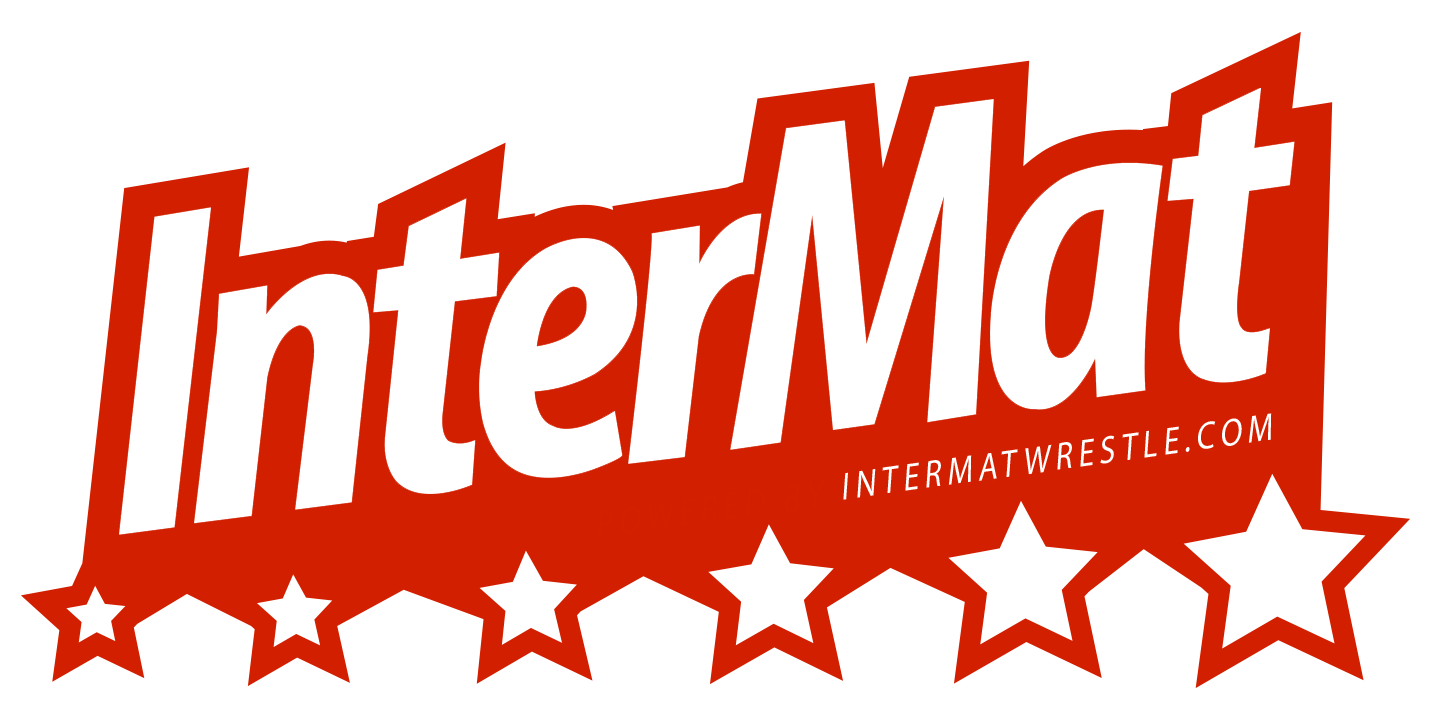 Andrew Johnson gets his hair cut
Andrew Johnson gets his hair cutNow of course it's only hair. It will grow back, but look at it from the point of view of a teenager. As a teen, identity is everything and identity is wrapped up in appearance. Johnson's dreadlocks might be a point of particular pride in his look and more importantly in his cultural affinity.
The social media outrage for what happened and specifically for referee Alan Maloney, who enforced what's being called an "antiquated and racist" rule was swift and came from all corners.
Chance the Rapper weighed in, so did NCAA champion wrestler Seth Gross, as well as InterMat writer and All-American wrestler T.R. Foley. All of them agree on one thing -- this is racially motivated.
In answering to those who say rules are rules and the ref was just enforcing them, Gross responded with the following observations: that those things should be dealt with at the pre-match weigh-ins, that this particular referee was suspended two years ago for racist slurs and that he wouldn't allow Johnson to wrestle even with a hair net.
Wrestling is a niche sport struggling to grow its audience and its participation level. Much has been debated about the singlet as a deterrent to recruiting teens who see them as not cool. That might be problematic, but this is on another level. This is the kind of public perception that puts wrestling on its back.
And it comes at a time when the numbers for female wrestlers are taking off both in college and high school. Girls high school wrestling participation numbers have grown for 29 consecutive years. Last season, 16,562 girls participated in wrestling, which was an increase of 1,975 athletes from the year before.
But there are positives here. Everyone in the gym cheered that wrestler on and rallied around him. His coach and his teammates were clearly 100 percent behind him, supporting him and celebrating him as he came off the mat. This is the picture of wrestling that participants and fans know. This is what needs to go viral rather than the view of the sport as backward and racist, one where a ref can pick a rule to enforce arbitrarily to humiliate a young man of color.
Inquiring minds want to know if that same referee enforced the rule calling for all wrestlers who wear braces to wear both a top and bottom mouth guard? Did he enforce the rule about shoe laces being covered?
The incident should be investigated and if it's found this referee did not enforce all rules equally, but instead focused on this as a chance to single out a black wrestler for shame and punishment, then of course, Maloney has to go. He should be banned from the sport. To its credit the New Jersey State Interscholastic Athletic Association recommended that Maloney be sidelined until a review is conducted, according to a NJ.com article. According to that same article the New Jersey Division on Civil Rights has opened an investigation.
But the bigger picture is that high school wrestling needs to look at the rules, especially this one, and ask if the original purpose is still served and if the rule helps or hurts the sport.
The rule says a wrestler's hair can't exceed the length of a normal shirt collar in the back, it can't extend below the earlobes on the sides and in the front cannot extend below the eyebrows. If it does it must be put in a covering or hair net. According to Anthony Clarke, the head clinician for the Illinois High School Association and member of the National Federation of High Schools rules committee, the original purpose of this was to shield opponents from diseases such as lice. Later in the '60's and '70's it was for aesthetics. Wrestling wanted its athletes to have a clean-cut look, but the rule hasn't kept up with the times. Clarke, who is black, said it was "overkill" what happened to Johnson.
Now wrestling needs to let its hair down and there's optimism that is exactly what might happen. Changes to this particular rule had already been in the works. Clarke said a change was submitted last year, but was too gender specific to female wrestlers. It will be revised and resubmitted so no other young person will have to endure what Johnson did under the guise of a rule. Clarke noted that student-athletes wrestle with their hair uncovered in practice for two hours a day. He said it no longer makes sense that they would need to cover it for a six-minute match.
The more difficult problem and much more difficult fix for the sport is the insidiousness of racism. Unfortunately, that is not unique to wrestling and will not go away with a rule change.

Recommended Comments
There are no comments to display.
Create an account or sign in to comment
You need to be a member in order to leave a comment
Create an account
Sign up for a new account in our community. It's easy!
Register a new accountSign in
Already have an account? Sign in here.
Sign In Now